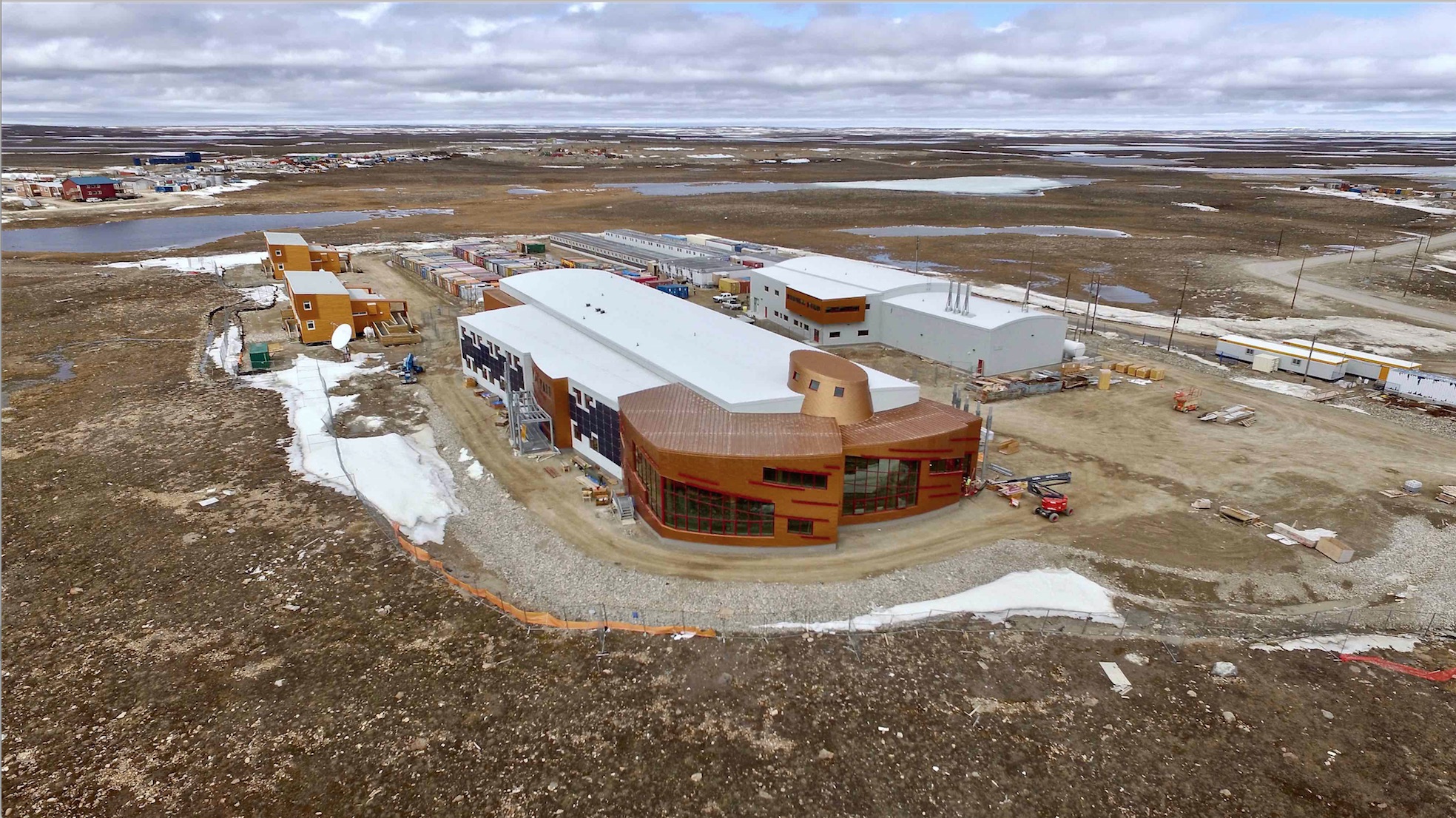Alaska needs a permanent research station, National Weather Service says
A permanent Arctic research center will help the agency track rapid and unprecedented changes in the region.

As Alaska’s environment changes rapidly, the National Weather Service is trying to keep up — and to predict future changes. In order to make more accurate predictions, Carven Scott, the director of NWS Alaska, is calling for a permanent U.S. research station in the Arctic.
Right now, he says, many researchers conduct their work over a few months and then return to the Lower 48 — sometimes called “flyover science.” The term is often pejorative, Scott says, but there aren’t many other options open to researchers.
“If there’s no research facility, it’s difficult then to establish a permanent presence,” he points out. And a recent study found that Arctic research projects are often prohibitively costly — almost eight times more expensive than similar projects in the south.
A full-time research station funded by government agencies like NWS and its parent agency, the National Ocean and Atmospheric Administration, would allow researchers not only to develop a continuous body of work, but also to strengthen relationships with the very people their research concerns the most — those who live in the High North.
Alaska Native communities are particularly vulnerable to rapid and unprecedented changes. Many of Alaska’s 200-plus recognized tribal entities live along rivers and coasts that are vulnerable to increased flooding and other changes associated with climate change.
These communities would benefit by staying informed on the implications of research, Scott says. And they would also be able to contribute their own solutions and knowledge of the land.
“That could open up avenues and areas of discovery that would be difficult to do if the research is only done a few months out of the year,” Scott says.
NWS Alaska is now in the “talking stages” of planning such a research station, possibly to be headquartered in Utqiagvik (formerly Barrow) at an existing weather office.
“A permanent presence of world-class Arctic research,” Scott explains, “establishes and strengthens leadership in the Arctic.”
Scott is modeling this idea on the Canadian High Arctic Research Station, a permanent research center in Nunavut’s Cambridge Bay run by the federal agency Polar Knowledge Canada (POLAR).
“The Canadians had the lead. We’re just trying to figure out how to make this work, potentially, in the U.S.,” Scott says.
The Canadian initiative is tasked with advancing knowledge of the Arctic, and they particularly value the wealth of indigenous knowledge in the Canadian Arctic.
“More Northerners are involved in research at all levels, asking the questions, developing and doing research projects, collaborating with scientists from around the world — and finding the answers they need,” says Lynn Berrouard, external communications manager at POLAR.
It makes sense to collaborate with Canada, especially on the lessons the U.S. might learn in establishing such a research center, because “we share a lot of the same issues,” Scott says. He would also like to work with the Inuit Circumpolar Council.
“We want to be able to create and deliver culturally meaningful weather, water and ocean information to all of the people here in Alaska,” Scott says. “Especially our most vulnerable communities, which tend to be along the rivers and coastal areas.”
A research station like this — called, perhaps, Polar Knowledge Alaska in a nod to its Canadian role model — is still several years off, Scott says.
“These are just thoughts and plans we have right now. We have a lot of gaps we have to fill here first,” he says. “But as we’re trying to think down-range… How do we better serve our most vulnerable populations?”